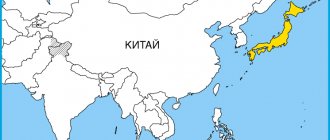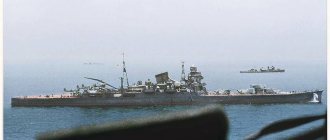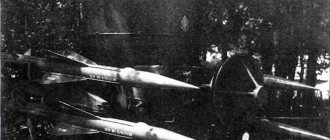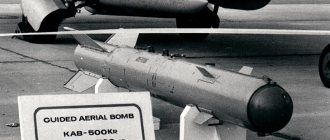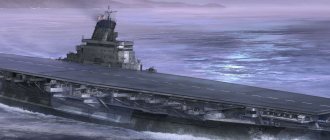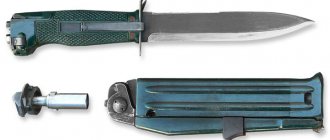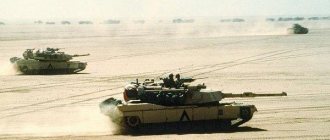The result is disappointing
"Kaitens" were conceived as a formidable weapon, capable of inflicting significant damage on the enemy in ocean bases and when repelling landing operations. However, the Imperial Japanese Navy itself suffered more damage from them. The use of human torpedoes resulted not only in the loss of eight kaiten-carrying submarines.
And most importantly, the loss of over a hundred trained pilots. The mechanisms and bodies of the torpedoes rusted and failed as a result of long-term dives of the carriers.
Often, kamikazes met death on the open sea, failing to calculate the oxygen consumption for their engines.
The situation with the navigational training of kaiten drivers was also not the best. After all, their use implied launching from a carrier from an underwater position and following to the target at maximum speed. Moreover, subsurfacing and course correction were possible no closer than 1000 meters from the target.
In general, the miracle did not happen and the next “divine wind” did not save the empire from defeat.
Combat use
On November 20, 1944, a pair of submarines, I-36 and I-47, carrying kaiten torpedoes, appeared in the area of Whitley Atoll. The third submarine that took part in the operation, I-37, did not reach the Caroline Islands, being sunk by American destroyers. Eight instead of twelve suicide bombers went into the attack on American ships.
The first torpedo sent towards the enemy was under the control of Sekio Nishin. This battle was the last not only for the lieutenant who put forward the idea of manned torpedoes, but - in a certain sense - also for Hiroshi Kuroki. Although Kuroki died on September 6, 1944 while testing the Kaiten, the urn containing his ashes was aboard Nishina's Will of Heaven.
As a result of the battle on November 20, only one torpedo was able to strike (two sank, two did not reach the target due to a breakdown during launch, one exploded on course, one disappeared).
As a result of the explosion of the kaiten, the tanker Mississinewa caught fire and sank. Japanese propaganda recognized the attack as a success and at first even spread information about the sunken aircraft carrier. But - in general - this episode can really be considered perhaps the most effective case of the use of human torpedoes.
The fact is that the Japanese laid claim to the sinking of 32 US Navy ships. Their list, in addition to the aircraft carrier, included battleships, destroyers and numerous cargo ships. In fact, as a result of the use of kaitens, the losses of a tanker, a landing ship and an escort destroyer are considered confirmed.
For example, the attack on January 9, 1945 was relatively successful for the Japanese side. However, all the ships damaged during this operation (with the exception of the sunk “paratrooper”) soon returned to service.
options
- Type 94, Luftwaffe torpedo in two models with a diameter of 533 mm and 610 mm, never entered into regular use
- Type 95 Model 1, Torpedo submarine with a 533 mm gun with a reduced explosive charge of 405 kg
- Type 95 Model 2, underwater torpedo, 533 mm, with 550 kg explosive charge and reduced range.
- Type 97 model 1, torpedo for Small Submarines, Range 4500 meters with 350 kg warhead, unusable due to design flaw
- Type 98 (also called "Type 97 Special"), from 1942 a torpedo for small submarines, the Type 97 with a modified drive and control system.
- Kaiten, a manned suicide torpedo with Type 93 technology
table of contents
- 1History of development
- 2Structure and functionality 2.1Oxygen cylinders
- 2.2Generator, engine and shaft 2.2.1Gas generator
- 2.2.2 Motor and shaft
- 3.1 Preparation and theoretical process
- 5.1 Individual evidence
First difficulties
The prospects of the idea were not immediately appreciated. Firstly, the inventors realized that their qualifications were not enough to “just” fit a kamikaze torpedo into the contours.
By the way, the term “kamikaze” itself is associated with the history of the fleet.
Literally it means “divine wind” - a title that Japanese historians assigned to typhoons that miraculously disrupted the landing of Mongol troops on the islands with the direct participation of warships.
The authors of the improvement had to turn for help to Hiroshi Suzukawa, a representative of the Naval Arsenal in Kure. As a result, the documentation for the resulting hybrid of a midget submarine and torpedo was ready at the beginning of 1943. All that remains is to interest people at naval headquarters in it.
Recognition of "kaiten"
And here the creators of the new weapon faced another obstacle. The command simply dismissed the idea. According to Yokota Yudaka, who was trained as a Japanese human torpedo and left memories of this, this situation caused bewilderment among the lieutenant inventors.
They themselves emphasized the inevitability of confrontation with the American fleet for the possession of strategically important islands and atolls. High-speed guided torpedoes with a significant margin of autonomy were just right for destroying enemy ships at anchorages!
It is enough for at least four submarines with such weapons on board to covertly approach enemy bases - and the Imperial Navy will have a chance to destroy 16 ships at once!
As a result, enthusiasts of kamikaze strikes were forced to write a letter to management with their own blood.
The Japanese code of honor did not allow a petition submitted in this way to be ignored.
It is difficult to say unequivocally what was the decisive factor: the unusual message or the gradual capture of new bases by the Allied forces and the increasingly clear prospect of an American landing directly on the main ridge of the Japanese islands. But in the end, the development was given the go-ahead. Then it received the name “kaiten”
Surviving copies
| The section lacks links to sources. Information must be verifiable or it may be deleted. You can edit the article to add links to authoritative sources. This mark was set on August 19, 2022 . |
To date, five copies of the torpedo have been preserved in museums:
- Imperial War Museum in Duxford, UK
- National Museum, Port Moresby, Papua New Guinea
- USS Arizona Memorial, Pearl Harbor, USA
- US Naval Academy, Annapolis, USA
- War Museum in Tokyo, Japan

